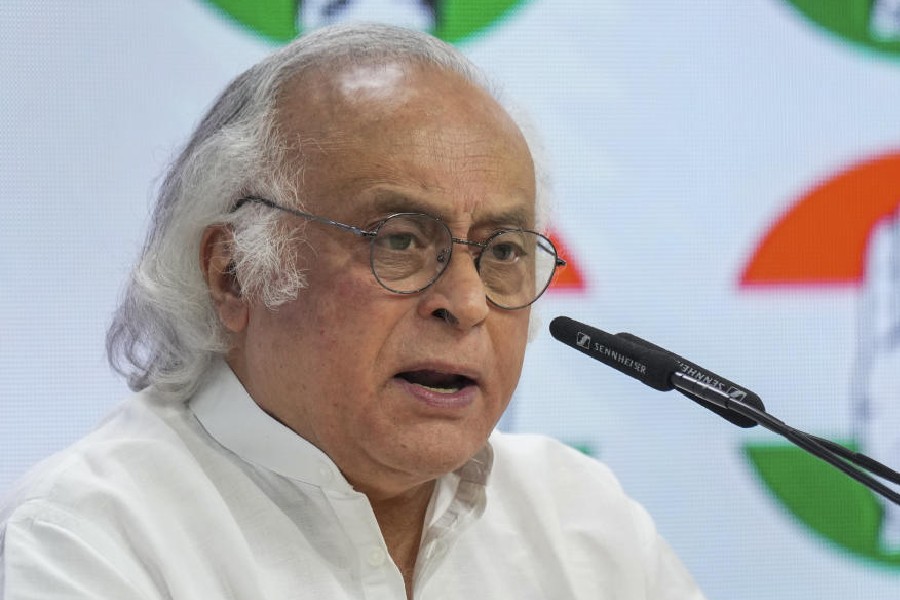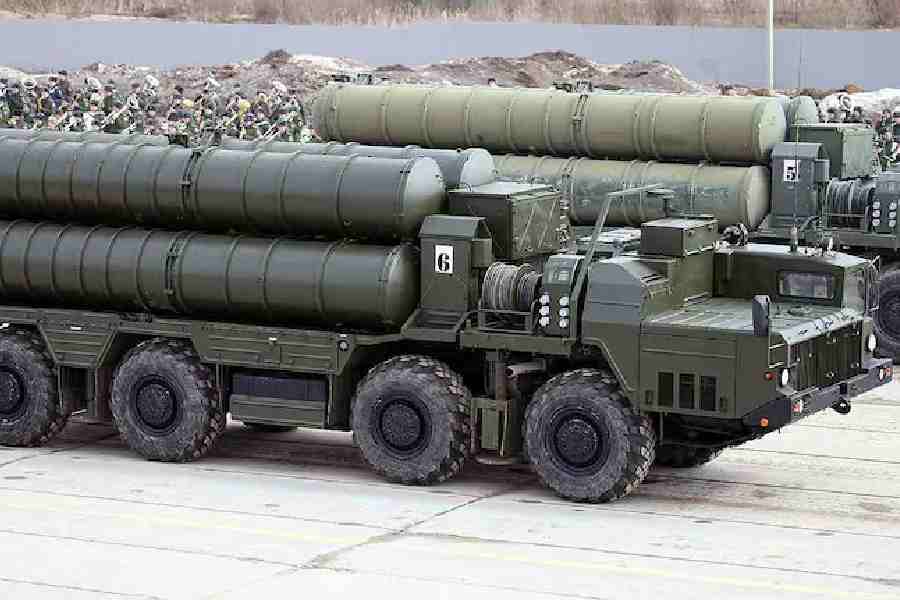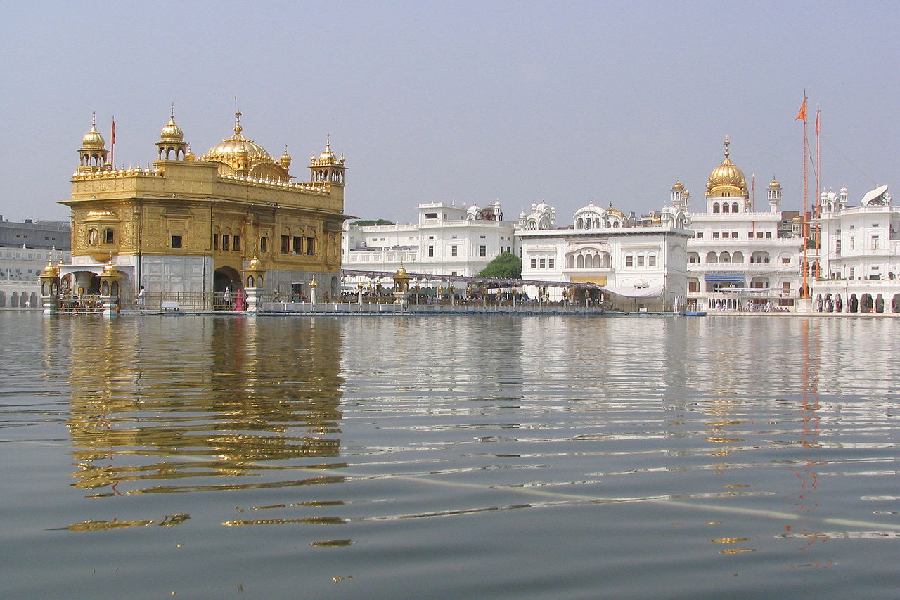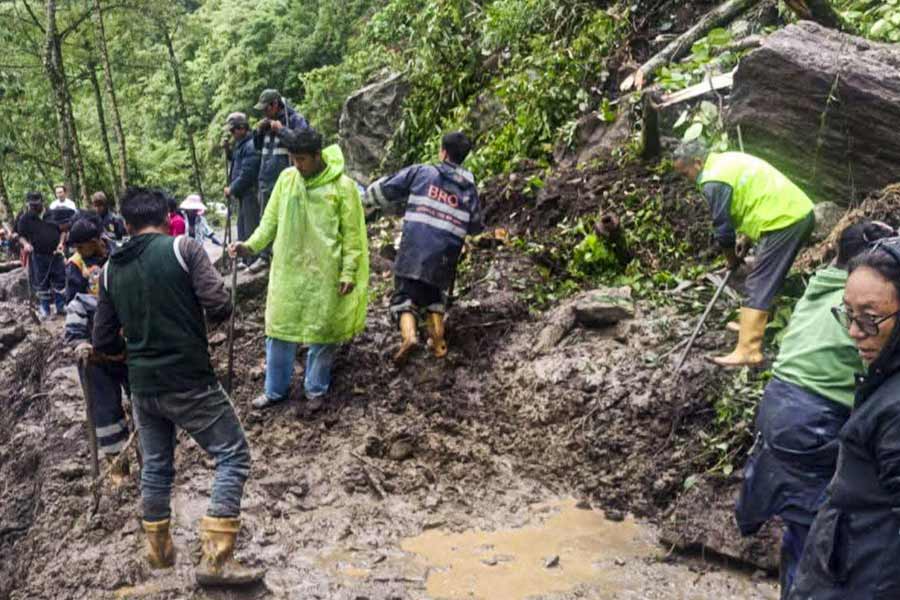 |
| Ramesh Mitra Road inundated by Tolly’s Nullah backflow. Picture by Jayanta Basu |
The problem
Residents of Ramesh Mitra Road in Bhowanipore and surrounding areas suffer from a different kind of waterlogging throughout the year. Even when the day is bright and sunny, one might find them wading through knee-deep or even waist-deep filthy water.
It is water flowing back from the Adi Ganga, or Tolly’s Nullah, where all the liquid waste from nearby areas is deposited during high tide.
Waterlogging here depends on the tidal pattern of the Hooghly. More water flows back on full moon days from March to October.
 |
The situation
The ordeal is unbelievable. The water takes four hours or even more to recede. The stench is unbearable. The road almost turns into a drain.
If it rains during the high-tide backflow (which frequently happens during monsoon), the duration of waterlogging increases. On August 20, more than knee-deep water accumulated from noon to 9pm.
Ground-floor rooms often get flooded. Hand-pulled rickshaws make brisk business ferrying people from one end of waterlogged zone to the other, which is about 100 metres.
Effluents from car repair shops and garages find their way into the water along with all the waste thrown on to pavements. People wading through this dirty water contract skin diseases.
When the water recedes it leaves behind a film of silt, which is another hazard. Repeated complaints to the civic body and the councillor have not yielded results.
The problem is worsening by the day. A lock-gate was built a few years back where a sewer line at Bhowanipore flowed into the Nullah. The gate is supposed to be closed during high tide, so that the water does not flow back. But it is mostly kept open.
Santi Ram Chatterjee
Ramesh Mitra Road, (Readers are invited to write to sunday.metro@abp.in
to highlight environment hazards in the city)










